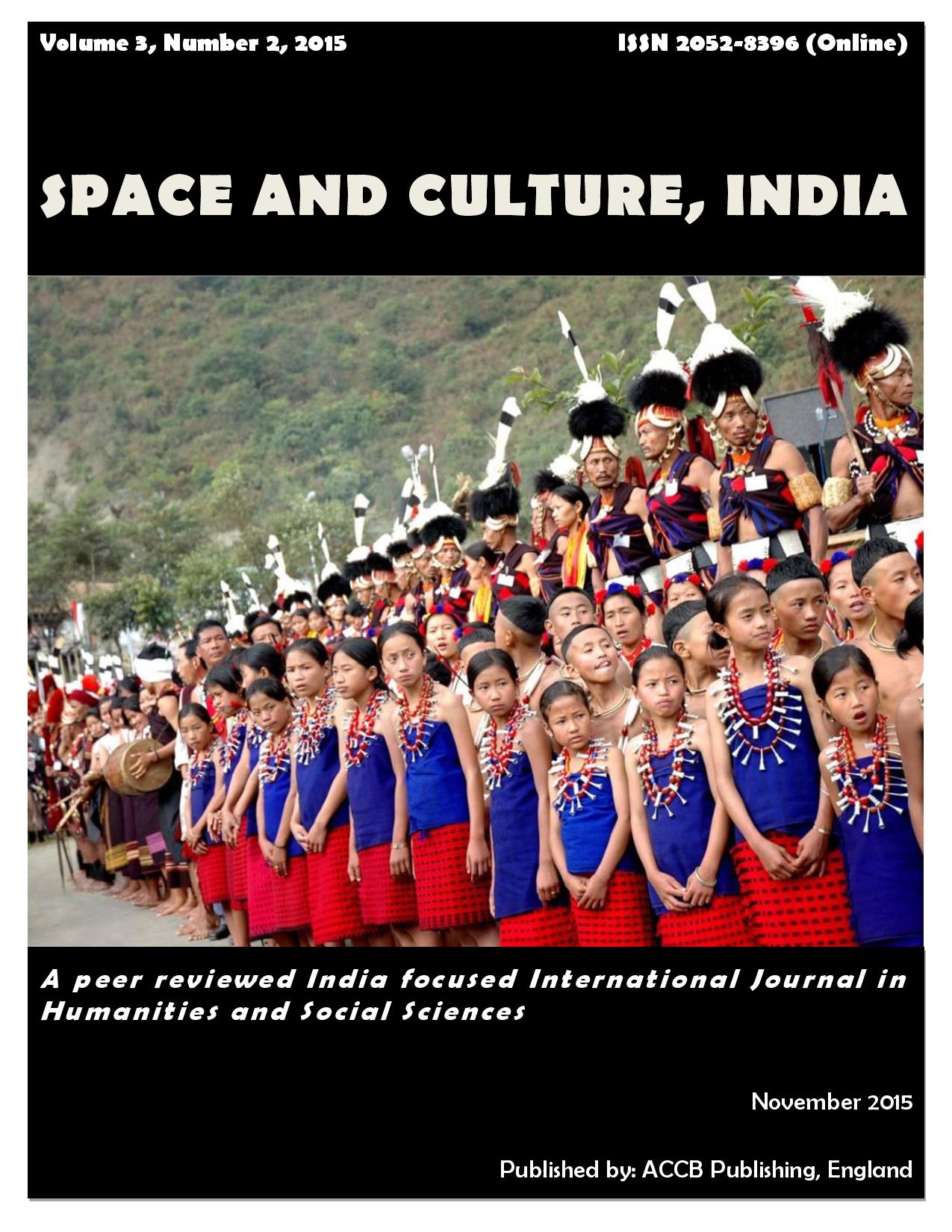Socio-Economic Conditions and Quality of Life in the Tribal Areas of Orissa with Special Reference to Mayurbhanj District

Abstract
Odisha (previously known as Orissa), being socio-economically backward but culturally sound, is one of the important states in Eastern India. Out of 30 districts 9 are considered as tribal districts (according to Location Quotient value) and of the total population (41,947,358 in 2011) a significant share (22.1%) goes to tribal people (8,145,081in 2011). This tribal group of Odisha has special significance because they are one of the most backward and geographically isolated communities. That’s why their life style and economy is confined to the direct utilization of natural resources, pre-agricultural level of technology and specific indigenous type of work. But now with the emergence of industry and market economy, the age-old relationship between tribes and nature has disturbed. Keeping this in backdrop, the present study tried to explore the changing scenario of socio-economic condition in the tribal areas of Odisha. In this regard, various socio-economic indicators have been analyzed and compared for representing district-level patterns of quality of life and finding out the variation among the Primitive tribal households in the study area. In addition, Mayurbhanj has also been taken as a case study to represent the socio-economic condition and quality of life at the block level. It may be pointed out in this context that out of 30 districts in Odisha, according to Location Quotient value Mayurbhanj is the highest tribal concentrated district. The overall objective of this study is to obtain a better understanding of disparities and variations in socio-economic status in Odisha as well as in Mayurbhanj and also find out some remedial measures to overcome the problems to bring the Primitive tribal community in the main stream of the society. Maps have been prepared on the above-mentioned indicators based on secondary data using Arc-GIS 9.3. From the analysis of the health-related indicators it is clear from the analysis that the quality of life in the district has improved remarkably over the years but socio-economic disparities in terms of caste and gender continue to be a major problem mostly in tribal and backward areas.Keywords
Schedule Tribe, Primitive tribes, Location Quotient, Socio-economic disparity, Quality of life
Author Biography
Narayan Chandra Jana
Associate Professor Department of Geography The University of Burdwan
Prasanta Kumar Ghosh
PhD Student Department of Geography The University of Burdwan
References
Agarwal S (2013). Disadvantageous Situation of Tribal Women and Children of Orissa, India: A special Reference to Their Health and Nutritional Status. Journal of Community Nutrition & Health, Vol.2 (1).
Basu S. (1994). A Health Profile of Tribal India. Health for the Millions. 2:124.
Census of India Report (2013) Ranking of states and union territories by literacy rate: 2011 downloaded from http://censusindia.gov.in/2011-prov results/data_files/india/Final_PPT_2011_chapter6.pdf on 28.11.2014
Desai S. and Kulkarni V. (2008). Changing Educational Inequalities in India in the Context of Affirmative Action. Demography, Volume 45-Number 2, May 2008: 245–270
DHDR (2011) District Human Development Report: Mayurbhanj. Planning and Coordination Department. Government of Orissa. Available at http://phdmaodisha.nic.in/Reports/HDRS/ Mayurbhang-DHDR.pdf (Accessed on 08.08.2014).
District Level Household and Facility survey of Orissa (DLHS) (2007-08) and International Institute for Population Sciences (IIPS) (2010), Available at http://www.rchiips.org/pdf/rch3/report/OR.pdf (accessed 28.08.2014).
District Statistical Handbook of Mayurbhanj (2009) Prepared by District Planning & Monitoring Unit, Mayurbhanj, Government of Orissa.
"Educational Safeguards". Department of Education. Government of India. http://web.archive.org/web/20090619063917/http://www.education.nic.in/cd50years/g/S/I6/0SI60301.htm. Retrieved on 27 November 2014.
Hassan M. I. and Daspattanayak P.R (2008): Health-Care infrastructure in Orissa-A Geographical Study, Eastern Geographer, Bhubaneswar, January 2008, Vol. XIV.pp-33-40
Human Development Report, Orissa (2004) Government of Orissa, Prepared by Nabakrushna Choudhury Centre for Development Studies, Bhubaneswar 751013, Orissa. Available at http://planningcommission.nic.in/plans/stateplan/sdr_pdf/shdr_ori04.pdf (Accessed on 12.08.2014).
ICMR Bulletin (2003) Health Status of Primitive Tribes of Orissa. Vol-33 (10). October, 2003. Indian Council of Medical Research. New Delhi. ISSN: 0377-4910. Available at http:// icmr.nic.in/BUOCT03.pdf (accessed 08.08.2014).
National Family Health Survey, India (NFHS-3),( 2005-06) Ministry of Health and Family Welfare Government of India. Prepared by International Institute for Population Sciences, Mumbai. Available at http://www.rchiips.org/NFHS/NFHS-3%20Data/Orissa_state_report.pdf (Accessed on 18.08.2014).
Patra S (2009) Literacy and Health of Tribal’s in Orissa, Indian Journal of Regional Science, Vol. XXXXI (2).pp-38-45.
Sopher, D. K, (1980). Sex disparity in Indian literacy. In D. E. Sopher (Ed.), An exploration of India: Geographical perspectives on society and culture (pp. 130–188).New York: Cornell Press.
Sopher, D.K, (1974). “Measurement of Disparityâ€, The Professional Geographer, 26/4, (November), pp.380-392.
State of the Environment Report – Orissa (2007) available at http://www.moef.nic.in/soer/state/SoE-Orissa.pdf. (Accessed on 08.08.2014).
Thakur DS, Thakur DC, Saini AS (1991) Socio-Economic Impact of Tribal Development Programmes in Himachal Pradesh. Journal of Rural Development; Vol-10: pp-823-30.